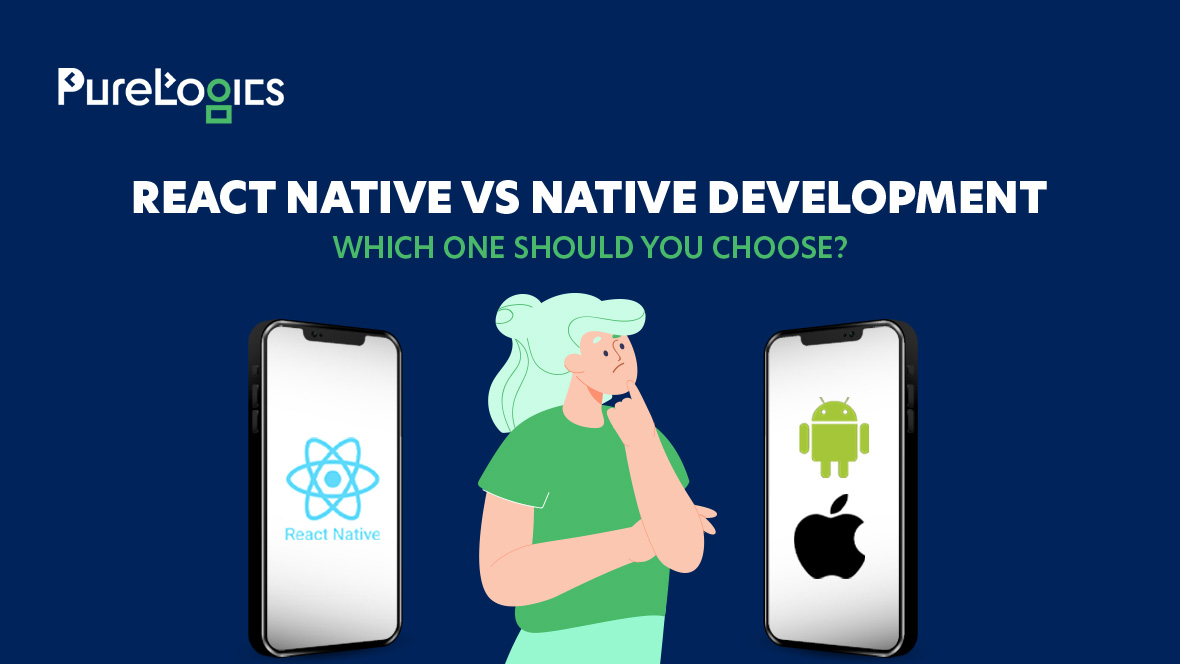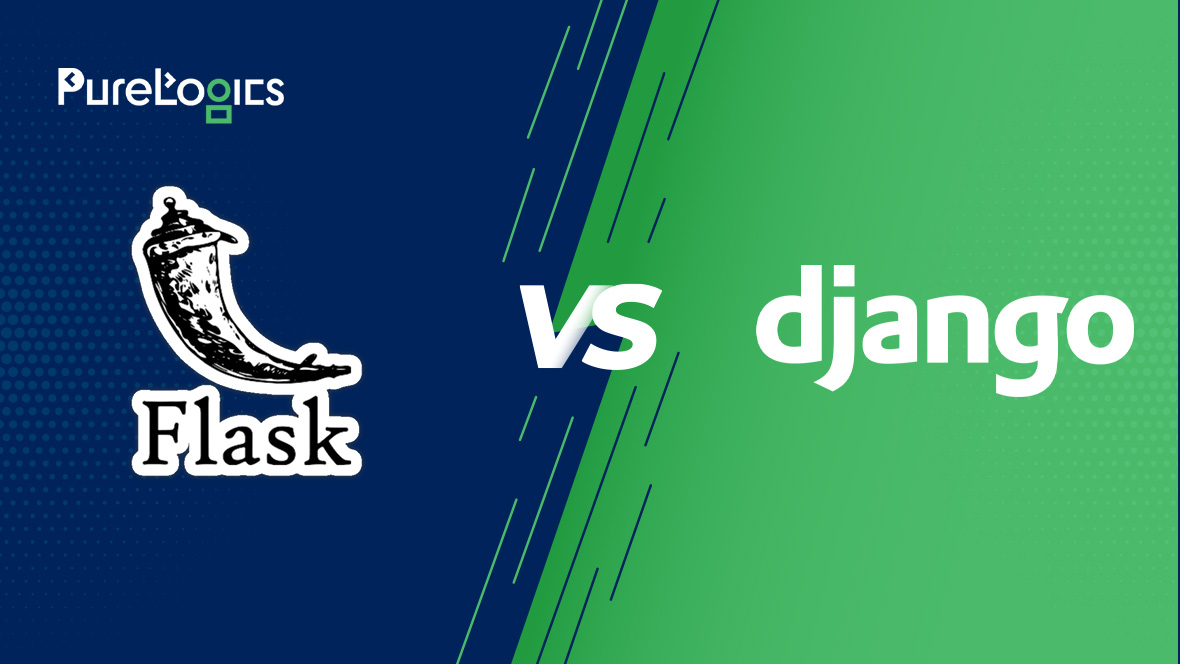React Native or Native development? This is a decision that businesses and developers often struggle with when building mobile apps. While Native apps offer unmatched performance, React Native allows for faster development and cross-platform compatibility. With mobile apps set to generate over $935 billion in revenue in 2024, making the right choice is more important than ever.
If you’re unsure which approach suits your needs, this article will break down both options and help you choose the best one to maximize your application’s success and return on investment.
What is React Native?
React Native is a powerful framework that allows developers to create mobile apps for both iOS and Android using a single codebase. Instead of writing separate code for each platform, React Native lets you build once and deploy across multiple operating systems. It combines programming languages, libraries, and tools to make cross-platform app development faster and more efficient.
Whether you’re a startup or an established business, React Native offers a cost-effective way to reach a wider audience with high-performance applications.
What is Native Development?
Native development means building separate applications for each platform using their specific programming languages. For iOS, developers use Swift or Objective-C, while Android apps are built with Java or Kotlin. Since native apps are designed for a single operating system, they deliver top-notch performance and seamless user experiences.
However, if you want your app to be available on both iOS and Android, you’ll need to develop two versions, which can take more time and resources.
Key Considerations When Choosing Between React Native and Native Development
Selecting the appropriate development approach for your mobile application is crucial. Here are ten pivotal factors to guide your decision:
Performance Requirements
Native development offers superior performance by leveraging platform-specific optimizations, making it ideal for resource-intensive applications. React Native provides near-native performance suitable for most applications but may face challenges with highly demanding tasks.
Development Speed
React Native enables faster development through a single codebase for both iOS and Android, reducing time-to-market. Native development requires separate codebases, potentially extending development timelines.
User Experience (UX)
Native apps deliver a seamless UX by adhering to platform-specific design guidelines. React Native strives to replicate this experience but may encounter limitations in certain UI components.
Access to Native APIs and Features
Native development provides unrestricted access to all device features and APIs. React Native covers many functionalities but might need additional modules or custom development for specific features.
Community and Ecosystem
React Native boasts a vibrant community offering extensive libraries and plugins that facilitate development. Native development benefits from mature ecosystems with comprehensive official documentation and support.
Maintenance and Updates
Managing a single codebase in React Native simplifies maintenance and updates. In contrast, native development necessitates updating separate codebases, increasing maintenance efforts.
Development Team Expertise
Teams proficient in JavaScript may find React Native more accessible. Conversely, native development demands expertise in platform-specific languages like Swift for iOS and Kotlin for Android.
Cost Considerations
React Native can be more cost-effective due to shared codebases and reduced development time. Native development often incurs higher costs because of the need for separate teams and longer development periods.
Scalability and Future-Proofing
Native development offers robust scalability options, allowing for extensive customization and optimization. React Native is continually evolving to enhance scalability but may face challenges with highly complex applications.
Third-Party Integrations
Integrating third-party services is generally straightforward in native development. React Native supports many integrations but might require additional effort for certain services.
When to Use React Native Development?
- When aiming to develop applications for both iOS and Android platforms efficiently.
- If the project requires rapid development and deployment to meet market demands.
- When operating with a limited budget, React Native allows for code reuse, reducing development costs.
- For applications that do not demand extensive use of platform-specific features or intensive computational tasks.
- When leveraging a development team’s existing JavaScript expertise to expedite the development process.
When to Use Native Development?
- This is for applications that require high performance and intensive use of device resources, such as gaming or augmented reality apps.
- When the app needs to utilize the latest platform-specific features and APIs immediately upon release.
- If the project demands a user experience that strictly adheres to platform-specific design guidelines.
- When developing applications that must operate seamlessly offline with optimized performance.
Why React Native is the Best Choice for Startups
Startups need to move fast, keep costs low, and adapt quickly to market demands. React Native is the perfect solution, offering several advantages that align with the needs of emerging businesses. Here’s why startups should choose React Native:
Faster Development with a Single Codebase
Unlike traditional native development, where separate codebases are needed for iOS and Android, React Native allows startups to write once and run everywhere. This reduces development time by 30-40%, enabling quicker launches and updates.
Lower Development Costs
Startups often have limited budgets, and hiring separate teams for iOS and Android can be expensive. With React Native, one team can build and maintain both versions, reducing costs by up to 50% compared to native development.
Scalability for Future Growth
React Native’s modular and flexible architecture allows startups to scale their apps effortlessly. As the business grows, new features can be added quickly without requiring a complete overhaul, ensuring long-term sustainability.
Over-the-Air (OTA) Updates
Traditional apps require users to download updates from the app store. React Native enables instant updates through OTA technology, allowing startups to push bug fixes and new features in real time without waiting for app store approval.
Strong Community and Ecosystem
React Native is backed by a global developer community, making it easy to find solutions, third-party libraries, and expert developers. This speeds up problem-solving and innovation, giving startups a competitive edge.
Leading Brands that Chose React Native and How It Transformed their Success
Some of the biggest brands in the world have adopted React Native to enhance their performance, reduce costs, and scale efficiently. Here’s why they chose it and how it benefited them:
Facebook – Built React Native for Faster Innovation
Facebook, the creator of React Native, adopted the framework to enhance the mobile experience while maintaining a native-like feel. By using React Native, Facebook reduced development time by 33%, allowing them to roll out updates faster across both Android and iOS. The framework also enabled features like instant updates without requiring users to download new app versions.
Instagram – Faster Feature Deployment with Less Effort
Instagram integrated React Native to streamline feature development without maintaining separate codebases. This move allowed their engineering team to reuse nearly 85% of the code, significantly reducing effort and making feature deployment much faster. The transition to React Native also improved performance without compromising the user experience.
Walmart – Boosted Performance and Cut Costs
Walmart leveraged React Native to modernize its mobile app while cutting development costs. The switch led to a 60% performance improvement, allowing the company to offer a smoother and more responsive shopping experience. Additionally, by using a single development team for both platforms, Walmart saved substantial resources while accelerating feature updates.
Bloomberg – Faster App Updates for Millions of Users
Bloomberg, a leader in financial news, adopted React Native to push updates efficiently without app store delays. With this framework, they reduced their app release cycle by half, ensuring that users always had the latest financial insights at their fingertips. The ability to update in real time became a game-changer for delivering fresh, accurate news.
SoundCloud Pulse – Rapid MVP Development for Creators
SoundCloud needed a cost-effective way to launch an app for content creators, and React Native provided the perfect solution. They were able to build and launch their first version in just a few months, significantly reducing development time. This quick deployment allowed them to test their idea in the market early and make improvements based on real user feedback.
Final Thoughts
React Native is, undoubtedly, a game-changer for startups as well as established businesses. It offers cost savings, rapid development, easy scalability, and a seamless user experience. So, whether you’re building a new app or upgrading an existing one, React Native provides the best balance of performance and efficiency.
At PureLogics, we specialize in React Native development, helping startups and businesses launch high-quality mobile apps faster and more affordably. Book your free consultation to discuss your project!


 [tta_listen_btn]
[tta_listen_btn]
 April 25 2025
April 25 2025






